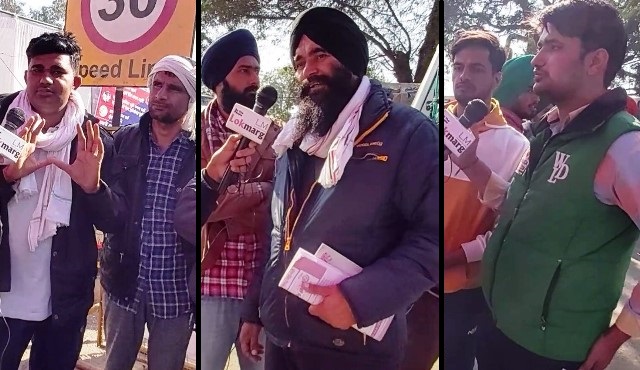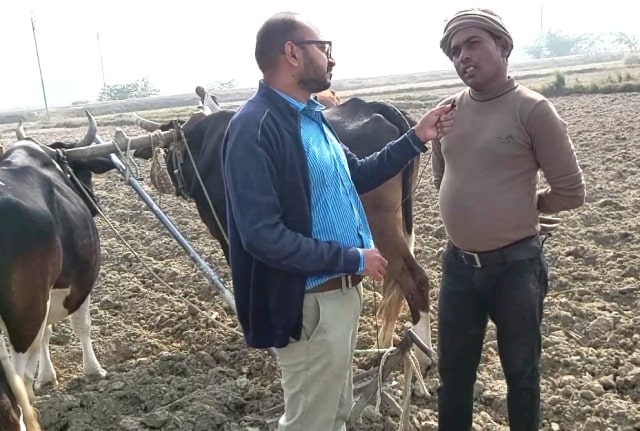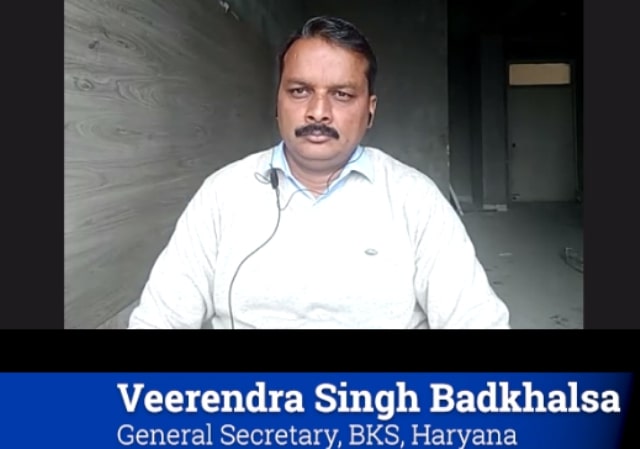A diversified cropping pattern will help in mitigating the risks faced by farmers in terms of price shocks and production/harvest losses
If a country’s
chief executive does not have an economics background and is not counselled by
academically sound economists then he will be prone to making ambitious
announcements which are more likely than not to run aground. More in an attempt
to diffuse the growing unrest among farmers resulting from their not receiving right
prices for their crop almost every planting season condemning them in growing
indebtedness, Prime Minister Narendra Modi made a promise in February 2016 that
the government would ensure doubling of income from cultivation by 2022.
This is more
easily promised than likely to be redeemed. Ahead of the start of the two sowing
seasons, the government will announce minimum support prices (MSP) for 14
kharif (summer cum monsoon) crops and 8 rabi (winter) crops. All this besides,
New Delhi will require of sugar factories to pay ‘fair and remunerative price’
(FRP) for sugarcane, revised every season (October to September) on
recommendations of the Commission for Agricultural Costs and Prices (CACP). The
government has asked CACP to fix MSPs in a way as to ensure that farmers get at
least 50 per cent higher than cost of inputs such as seeds, fertilisers and
irrigation water and also unpaid value of family labour.
Whether the
growers are getting MSP or are forced by circumstances to sell their crops
below minimum prices, the government helped by largely an unquestioning media
along with a huge publicity campaign could create a myth that finally
deliverance had come for Indian farming community. In an ideal situation,
farmers should see MSP as sovereign guarantee. In case they fail to realise MSP
in the open market, they should be able to turn to official agencies to dispose
of their crops at government guaranteed prices.
An on the spot
survey carried out by Jai Kisan Andolan (JKA) a few months ago coinciding with
kharif output arrivals in the market shows that on average the farmers were selling for anywhere
between ₹500 (for cereals) and ₹2,000 (for dals) per quintal below the MSP. Yogendra
Jadav of JKA says: “Farmers had lost around ₹1,150
crore in the first three weeks of the marketing season as they were forced to
sell below the MSP.” No wonder then, the country saw protesting farmers
arriving in thousands in Delhi and Mumbai to draw national attention to their
privation.
The official
procurement being over the years mainly focussed on rice and wheat, it has
become a given that the weighted average of mandi prices of other crops such as
a number of oilseeds, maize, tur and urad would trend below MSP. A spokesperson
for Crisil Research says: “Our assessment indicates that crop profitability (in
the past few years) has dropped across nine of the 15 states when assessment is
made of 14 key MSP crops covering over 50 per cent of the sown area. We believe
the challenge for the government goes beyond fixing MSP to ensuring farmers get
it by strengthening the procurement machinery.”
Close to 50 per
cent of the net cropland area of 180m hectares (9.6 per cent of global coverage)
being rainfall dependent, land productivity and crop size are influenced by
monsoon behaviour. No wonder then, agriculture and allied sectors growth rate
fluctuated between minus 0.2 per cent in 2014-15 and 4.9 per cent in 2016-17. While
there are assurances from India Meteorological Department that the country will
be spared El Nino, private weather forecasting agency Skymet says the southwest
monsoon has a 50 per cent chance of being normal this year. So India is likely
to have a good monsoon three years in a row creating condition for a good
harvest.
But
celebrations of the likelihood of good rains by farmers must await the prices
they would be able to realise once their next crop is in the market. A
structural weakness of the farm sector is that there is an inverse relationship
between farm incomes and production. Prices of farm produce and incomes of
growers tend to fall in times of bumper harvest. In this context is to be
remembered that despite all the extension programmes the country is having over
the decades, farm productivity here for most crops remains well below the world
average, not to reckon the best that obtains in places such as Israel with the
most efficient use of whatever little water is available, China and the US. To
give two examples: First, Indian rice yield of 2,191 kg a hectare falls way
short of the global average of 3,026 kg a hectare. Second, our wheat
productivity of 2,750 kg a hectare also compares poorly with world average of
3,289 kg a hectare.
India will do
well to take a lesson or two from China, which with less land than us under
rice and wheat has remained at the top of world chart in terms of productivity
and production volume. Thanks largely to the size of our cultivable area and
normal monsoon rains in most major crop producing states in the current season
(July to June), India is to have food grain production of 281.37m tonnes during
2018-19 compared with 277.49m tonnes in the previous agriculture season. Rice
production is to be up 4.59m tonnes to 115.6m tonnes and wheat will be
marginally better at 99.12m tonnes.
With this level
of production, pressure will be building on the government to procure more rice
and wheat than it normally does. Not surprisingly, therefore, the current
season has seen the second highest ever wheat procurement of nearly 36m tonnes.
Open market wheat prices are up by nearly 10 per cent. But with wheat MSP being
pegged at ₹1,860 a quintal plus a bonus available
at the state level, farmers would be inclined to give his produce to official
agencies. Rice procurement is likely to be a record 45m tonnes. Procurement
still falls short of expectations of farmers.
At the current
level of procurement, India at the opening of 2019-20 agriculture crop year in
July will have stocks of 77.2m tonnes, including 47.6m tonnes of wheat and
29.6m tonnes of rice. This will then be 36.1m tonnes higher than the ideal
opening inventory for a season. Even while under the private entrepreneur
guarantee scheme 15m tonne of covered space capacity has been created since
2010, safe and scientific food storage still remains a point of major concern. One
also has to consider the major economic cost of storing grains well over the
buffer norm. Of no less concern is the substantial loss of grains that India
and many other countries suffer in the course of storage.
Should not then
India be laying greater stress on crop diversification, specially progressively
moving land from wheat and paddy, the latter specifically in states such as
Punjab, Haryana and western Uttar Pradesh where water is scarce? The 2017-18
Economic Survey says: “A diversified cropping pattern will help in mitigating
the risks faced by farmers in terms of price shocks and production/harvest
losses.” The Survey acknowledges that because of the enormous volume of land
under cultivation, the country has “tremendous potential for crop
diversification and to make farming a sustainable and profitable economic activity.”
It’s time India had gone in a big way to grow high value crops, including
horticulture items for which the demand is strong both within and outside the
country.
]]>




